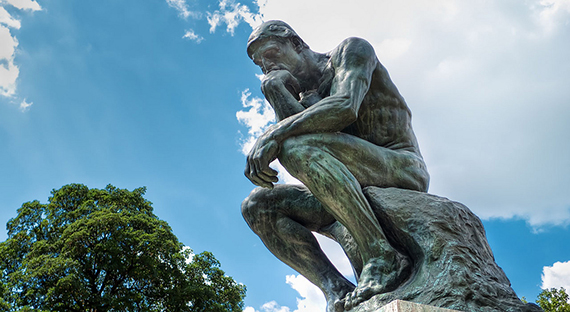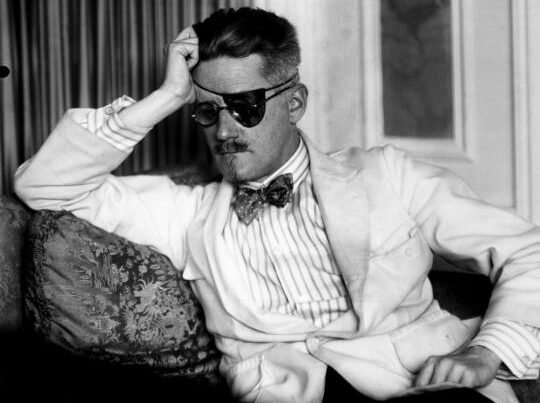Mary Shelley’s ‘Frankenstein’ and Franz Kafka’s ‘Metamorphosis’ delve into the
complexity and importance of family. Both novels share a parallel where family dynamics shift, and relationships end in isolation and seclusion. Frankenstein’s creation
and Gregor are similar in that they are both hideous and because of this cannot find
love and are rejected by their family. Another similarity is that Gregor, Frankenstein,
and his creation all strive for a family and the basic human emotion of love.
In terms of literature and composition of the novels, Metamorphosis and Frankenstein
share a dystopian, dark, and disturbing tone, while including rich symbolism such as
Gregor’s connection with his window and freedom or Frankenstein’s divine creation
and as Haynes. R describes as a pursuit and “determination to banish death” (Haynes,
R 1915 Frankenstein: the scientists we love to hate pp.439) after Victors Mothers
death.
In Metamorphosis, Kafka highlights the importance and need for strong family relationships and support networks as Gregor transforms into an insect. Gregor’s transformation impacts the dynamics of the relationships within his own family, more specifically his mother and sister. Gregor demonstrates to us how he wants to protect his family by staying hidden, therefore lessening the pain his family would go through if he were to be visible. Although they have a caretaker, this role is taken over by
Gregor’s sister Grete. Grete takes on the role as the functioning caretaker bringing
food and water. There is a transition for both mother and sister, as they start to accept
Gregor’s transformation and incrementally introduce themselves to Gregor’s transformation as “monstrous vermin” (pg.3). Gregor considers himself hideous and unsightly
to his mother and sister. Despite the situation, Gregor is more worried about his family than himself, as “Gregor earned enough money to meet the expenses of the entire
family” (pg.27). This loss of income would force his mother and sister to work which
Gregor is heavily opposed to. This shows Gregor’s selflessness and the importance of
family.
Sokel. W’s 1956 article provides an explanation of how Gregor’s transformation has
an impact on both his family and work. Gregor’s family is in debt due to his father’s
passing and the chief clerk, Gregor’s boss, is relentless and not understanding of the
situation, leaving the family in a serious predicament. As a result of the transformation, Gregor no longer can work therefore passing the debt onto his mother and sister. This bothers Gregor as he “Ponders much more over his job than over his strange misfortune” (Sokel. W. 1956. Rebellion and Punishment pp.205). This shows the importance Gregor’s family holds to him and his desire to support them.
Frankenstein, by Mary Shelley highlights the complexities of family and how we
judge on appearance. Victor Frankenstein creates life in search of divine creation and
the science behind the elixir of life. Although the creation is both emotional and intelligent, he is physically disgusting leading to his isolation and loneliness. Victor created this being in search of a family member, which leads to a paralleled connection between Victor and the creation as they strive for human connection. Victors creation is also a connection between life and death as Victor develops according to Haynes. R “determination to banish death” (Haynes, R 1915 Frankenstein: the scientists we love
to hate pp.439).
Claridge, L views the novel as an extension of “Mary Shelly’s own troubled family
life” (Claridge, L 1985 Parent-child tensions in Frankenstein the search for communion Studies in the Novel pp.14) alongside “negligent parents” (Claridge, L 1985 Parent-child tensions in Frankenstein the search for communion Studies in the Novel pp.14). This is evident in Victor’s treatment with his creation in that he is negligent and as a result devastation occurs. Often writers use their personal experiences to infuse emotion into the plot of a novel. Claridge, L also views the fundamentals of parenting and Frankenstein as a philosophical and broader view where “if we fail at this most primal unit of communication, what hope is there for compassionate interaction with the larger community” (Claridge, L 1985 Parent-child tensions in Frankenstein the search for communion Studies in the Novel pp.15).
Haynes, R, and his views on family are more direct to both death and scientific innovation. Frankenstein’s connection between the idea of divine creation and the “determination to abolish death” (Haynes, R 1915 Frankenstein: the scientists we love to hate pp..435) are due to Victor’s mother’s death. Although Victor’s premise for divine creation is based off his mother’s death, “He systematically cuts loose from the emotional ties of family, friend and fiancé, not only delaying his marriage” (Haynes, R
1915 Frankenstein: the scientists we love to hate pp.439) in a need to “protect his work from the interruptions occasioned by human relationships” (Haynes, R 1915 Frankenstein: the scientists we love to hate pp.439), showing Victor’s desire to isolate himself further, and his sheer dedication and determination with his scientific studies.
The tone throughout Metamorphosis is dystopian, encompassing the transition Gregor
goes through whilst transforming into a hideous bug. This tone sets the scene for
Gregor’s family, making it difficult for caretaking, resulting in Gregor’s isolation.
While in isolation, Gregor takes control over the only sense of freedom he still has left
despite being trapped in his room. Gregor has a sense of freedom while looking outside through his window and seeing the outside world he can no longer visit. This is the only breath of fresh air and normality he can hold since his transformation. This combination between symbolism and tone perpetuates the loneliness and isolation Gregor is feeling, as he slowly dies in solitude.
The tone used in Frankenstein is a progression of events and how they impacted Victor Frankenstein. The explanation of his childhood is happy and bright, and the progression of tone gets dark and depressing. The use of emotion is raw and progressive as the story is told, from the intense mania while working on his creation, to depressive literature as Victor and his family die because of his creation. As a catastrophe
novel the progressive events and happiness must deteriorate until the catastrophe occurs. The catastrophe in Frankenstein is the monster killing Victors family and the then death of Victor.
The literary devices, tone and catastrophe, function together in Frankenstein. Without
the dynamics of catastrophe and tone, this dystopian, suspense novel would lack
depth.
To conclude, Mary Shelley’s ‘Frankenstein’ and Franz Kafka’s ‘Metamorphosis’ are
both showing us the complexities of family dynamics and how fragile they can be.
The word family sounds rudimental but can be fluid. Regarding Metamorphosis, the
transformation in Gregor’s appearance instigated the change in family dynamics,
where his family can no longer stand the sight of him. Colloquially, Frankenstein’s
creation is completely disregarded due to his appearance, despite the fact he was created, as a replacement for his mother.
References
Sokel, W. 1956. Kafka’s “Metamorphosis”: Rebellion and Punishment, Monatshefte, 48(4),
pp.203-214.
Haynes, Roslynn D. (1915). “Frankenstein: the scientist we love to hate.” Public Understand,
Sci, 4 pp.435-444. Pus.sagepub.com/content/4/4/435.extract.
Claridge, L. P., 1985. ‘Parent-child tensions in “Frankenstein the search for Communion”’. Studies in the Novel, pp.14-26.
http://www.bookrags.com/notes/frk/quo.html#gsc.tab=0
http://www.bookrags.com/notes/kaf/quo.html#gsc.tab=0



